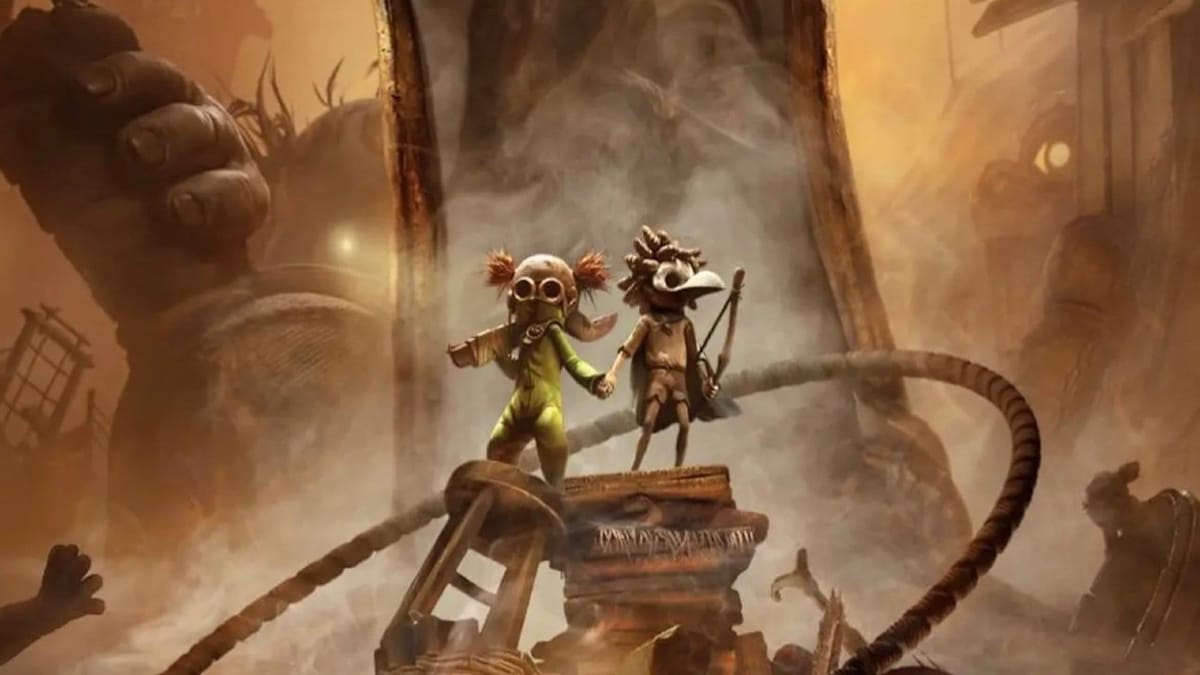
After eight years of disturbing children worldwide, the Little Nightmares franchise finds itself in new hands. Supermassive Games, the studio behind Until Dawn and The Quarry, has taken the reins from Tarsier Studios to deliver the third entry in this puzzle-horror series. The question everyone is wondering: can a different studio capture what made the series special while also pushing it forward? Unfortunately, the answer leans more towards no than yes.
Little Nightmares III introduces you to Low and Alone, two children trapped in the nightmarish realm called the Nowhere. Low wears a bird skull mask and carries a bow, while Alone has pigtails and wields a wrench. They're searching for an escape route depicted on a mysterious scroll, traversing through the Spiral, a series of eerie locations that are ripped from childhood horrors.
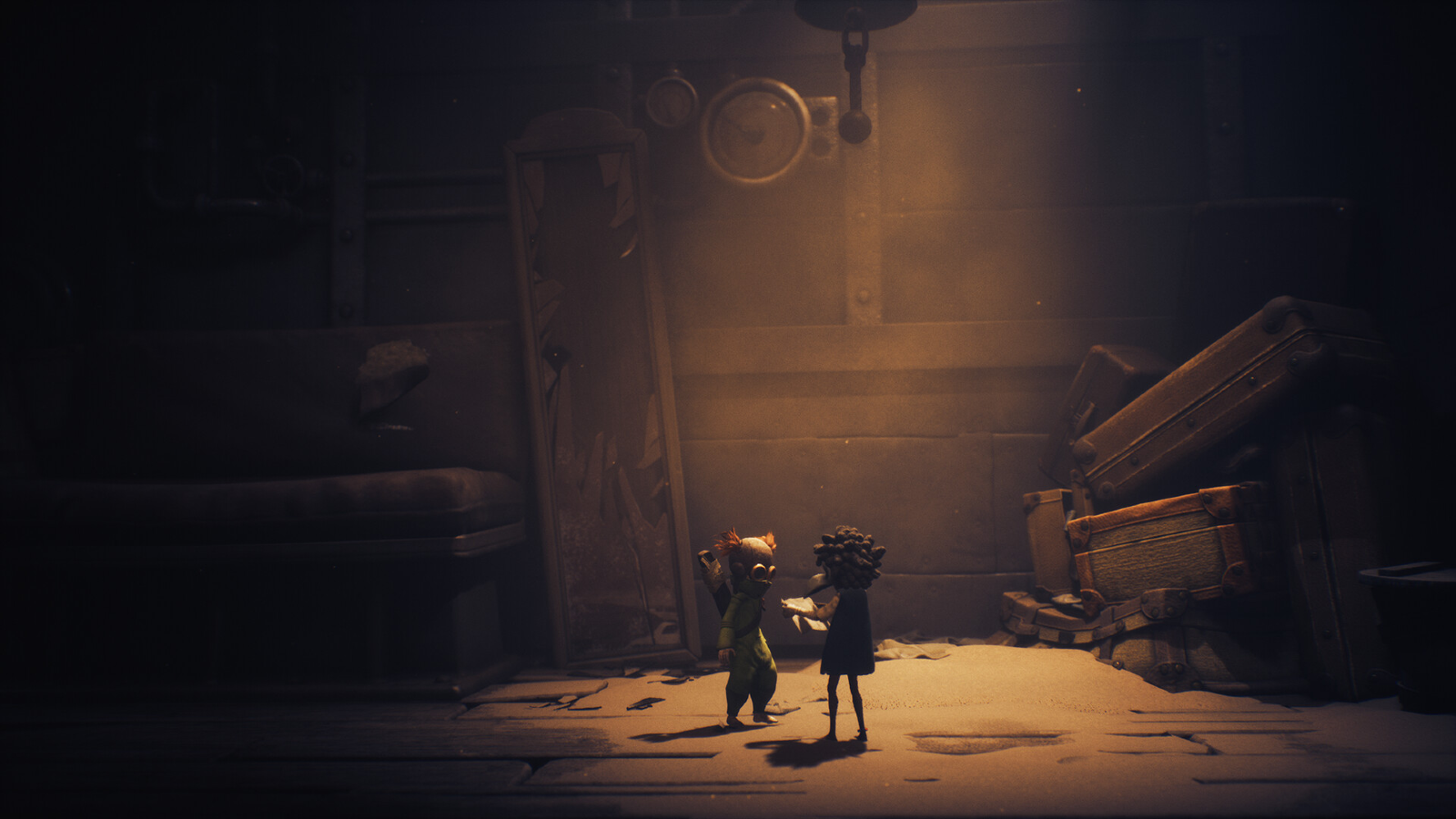
The storytelling stays deliberately vague, continuing the series tradition of environmental narrative. You piece together the story through visual cues, animations, and the way these two children interact without speaking a single word. There's something touching about watching them reach for each other's hands or help one another climb obstacles. This friendship rings true!
But the game's narrative twist becomes obvious far too early. Where the first two games built to shocking revelations that recontextualized everything, Little Nightmares III telegraphs its big moment so blatantly that the reveal lands flat. The broader lore additions are interesting, but the execution lacks the subtlety that made previous entries so great.

The core loop is the same: you're navigating 2.5D environments, solving environmental puzzles, hiding from grotesque enemies, and occasionally fleeing in chase sequences. What's new is the co-op focus. Low's bow can hit distant targets, cut ropes, and knock down flying enemies. Alone's wrench smashes barriers, cranks machinery, and crushes stunned enemies. You need both tools to progress.
Playing with another person transforms the experience. Communication becomes vital when one player needs to hold a door while the other finds an alternate route. Puzzles require coordination and sometimes split-second timing.
Solo play operates very differently. The AI companion is competent but sometimes too helpful, figuring out puzzles for you before you've fully engaged with them. You summon your partner with a button press when you need their specific tool, but you can't freely switch between characters. The AI never becomes a hindrance, yet it does make solo play seem somewhat shallow. I’m not sure why the developers didn’t allow you to take full control of both characters.
The biggest frustration is the lack of local co-op. In 2025, restricting cooperative play to online-only feels baffling for a game that seems perfect for couch co-op. Granted you can use the Friend's Pass to invite someone who doesn't own the game, but it doesn't replace sitting next to someone as you experience these horrors together.
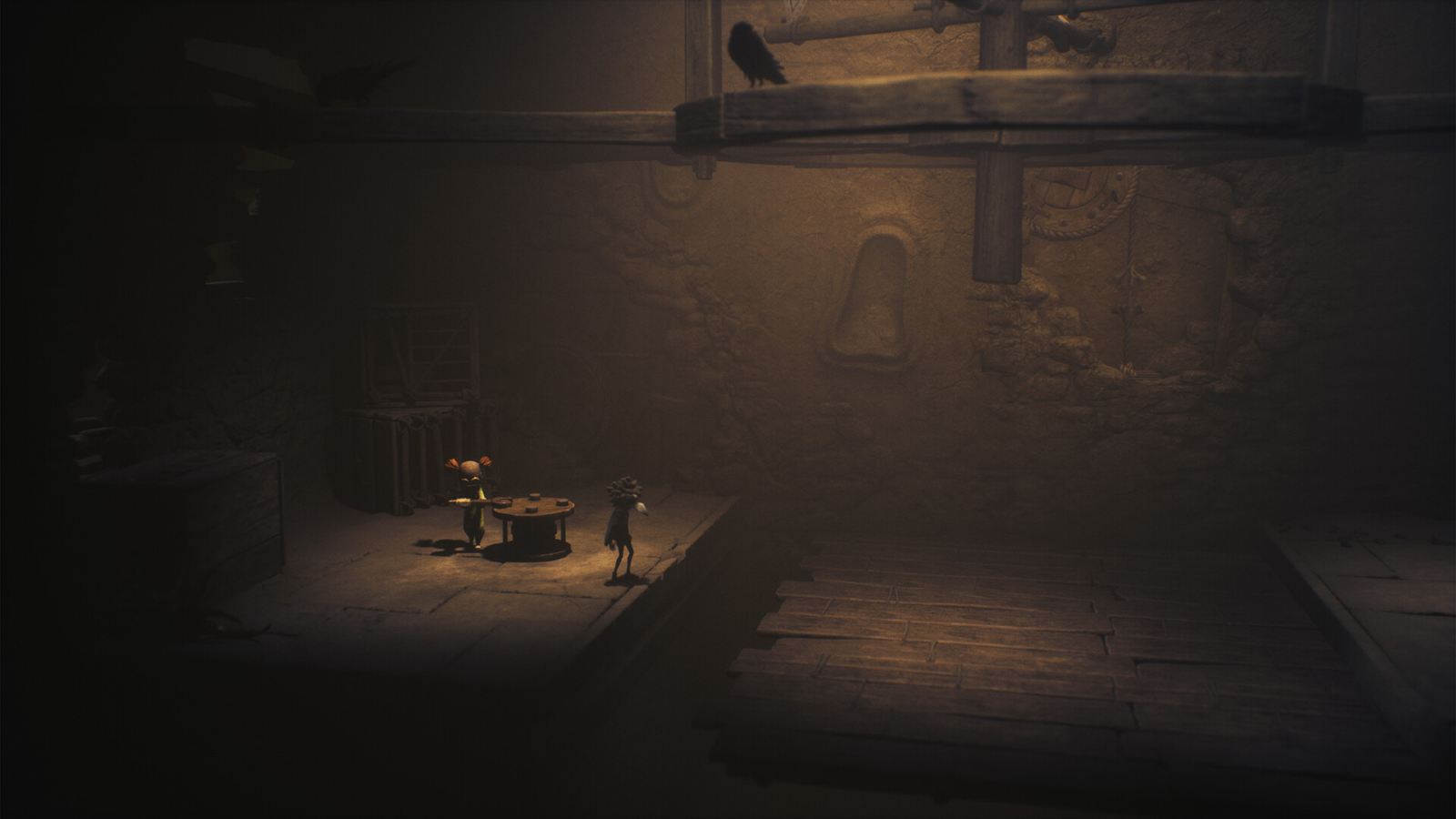
Combat has been expanded. You can now fight back against smaller enemies using your tools in tandem, one player stunning while the other finishes the job. It's a welcome addition that makes you feel a little less helpless, though the game doesn't overuse it.
Little Nightmares III is structured into four main chapters, each featuring distinct locations and big bosses. You'll explore a sandy necropolis stalked by a terrifying Monster Baby, navigate a disturbing candy factory swarming with hungry insects, survive a rain-soaked carnival populated by puppets and a grotesque ringmaster, and venture through other unsettling places.
However, checkpoint placement can be inconsistent. At times, you'll respawn right before a challenging section; other times, you'll replay several minutes of content you've already completed.
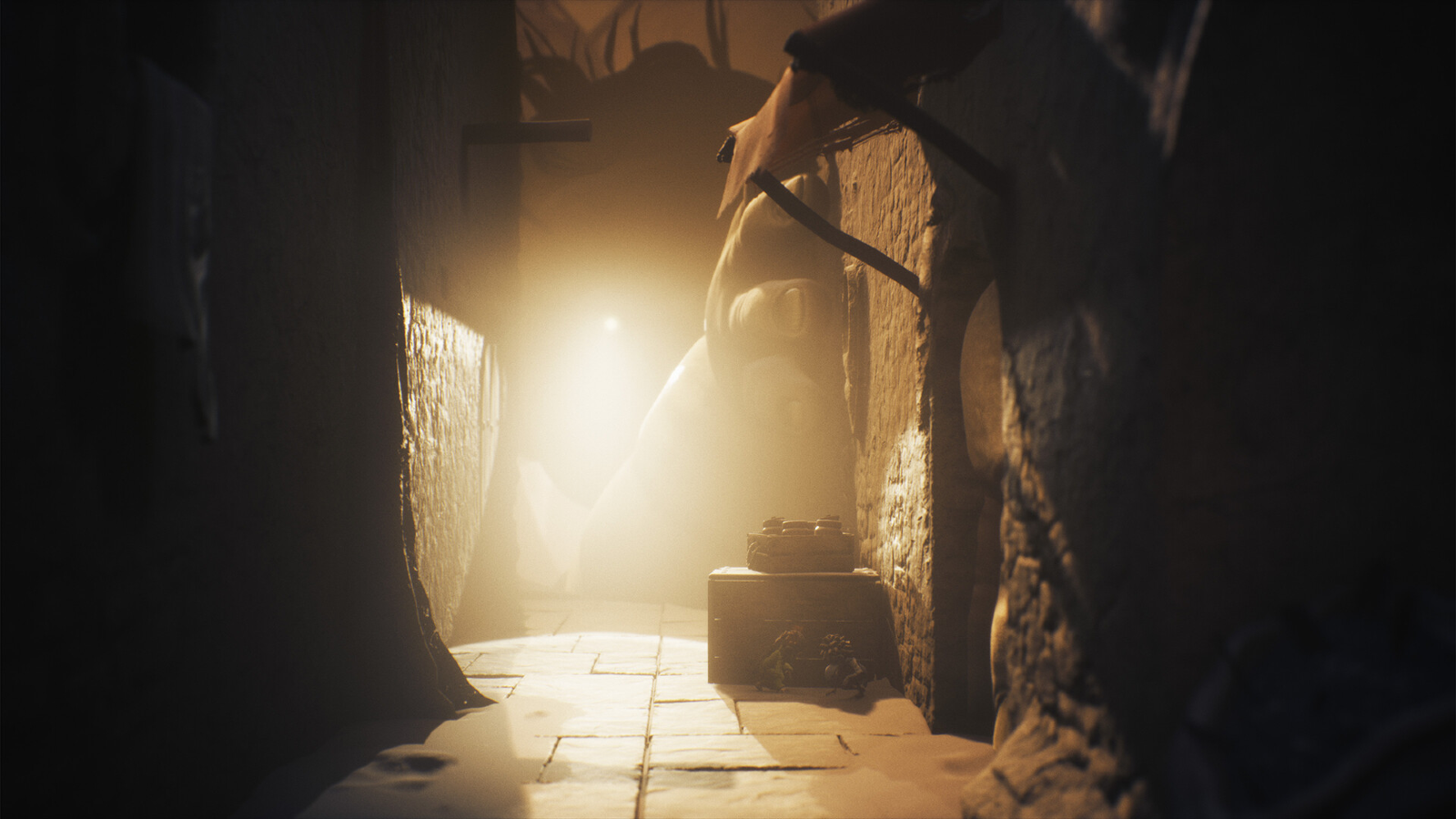
Each area throws something new at you. The Necropolis eases you into working together, the Candy Factory gets serious about stealth, and the Carnevale mashes everything together into increasingly complex puzzles. The ramp-up keeps things fresh.
The puzzle design generally hits the right difficulty sweet spot. Most obstacles take a couple of minutes to solve. That being said, some sequences read less like puzzles and more like memorization exercises. Expect to occasionally enter rooms where an enemy immediately grabs you, forcing repeated attempts until you memorize the exact pattern needed to survive. This makes gameplay a frustrating trial-and-error experience instead.
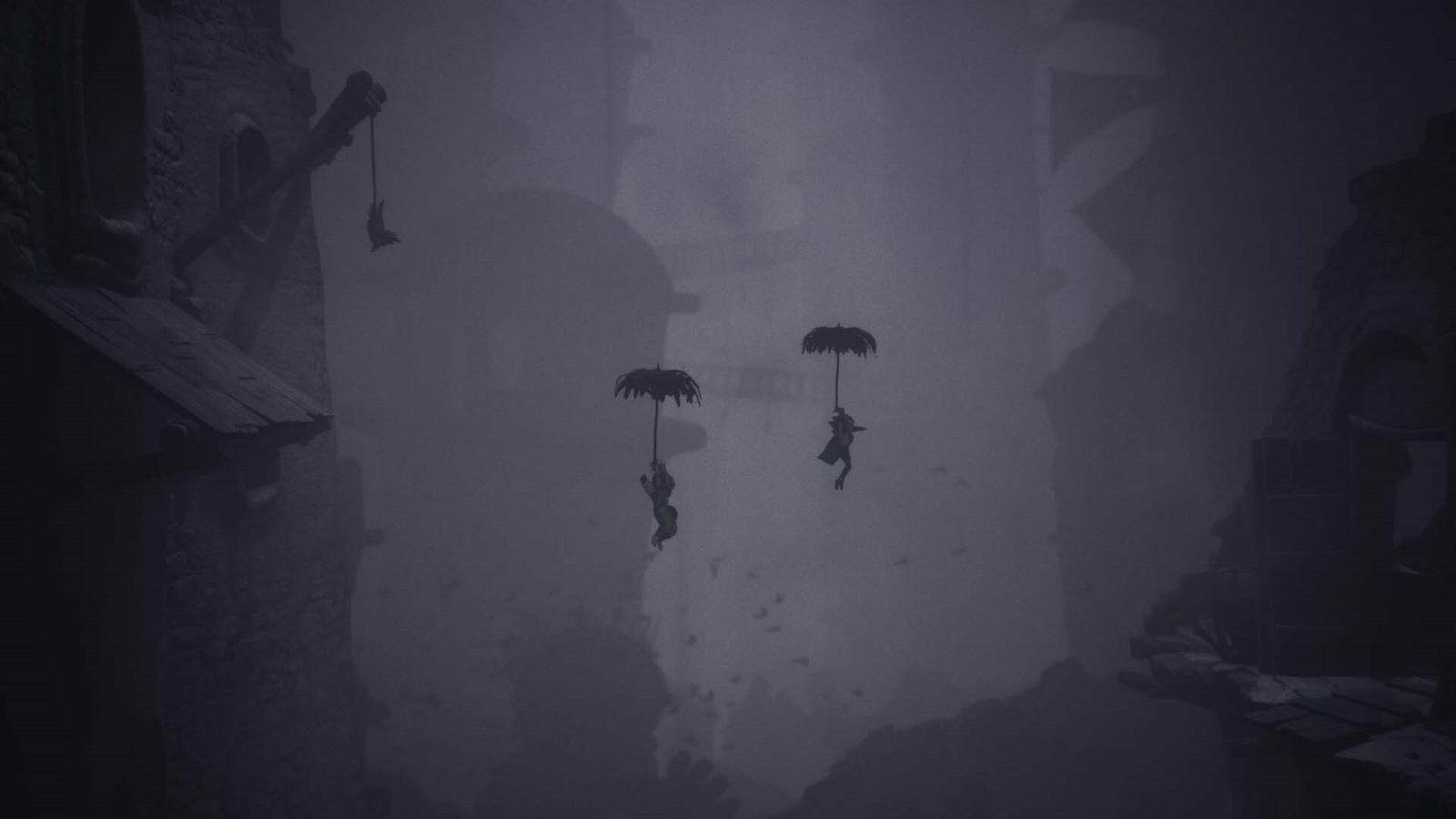
Collectibles are scattered throughout: small dolls to find, porcelain figures to smash, and spectral children to encounter. Hunting for these hidden items encourages thorough exploration and rewards attention to detail, but they often blend in with the already dark and grimy environments to the point where they are hard to see.
The game clocks in at approximately four to six hours, depending on how thoroughly you explore. That's notably shorter than Little Nightmares II, which offered around five and a half hours, despite costing less at launch. Yikes.
Replay value is minimal beyond collecting missed items. While you can replay as the other character, the puzzles and story beats stay identical. You're just using a different tool to accomplish the same tasks. The Deluxe Edition promises two additional chapters in 2026, but that also costs more.
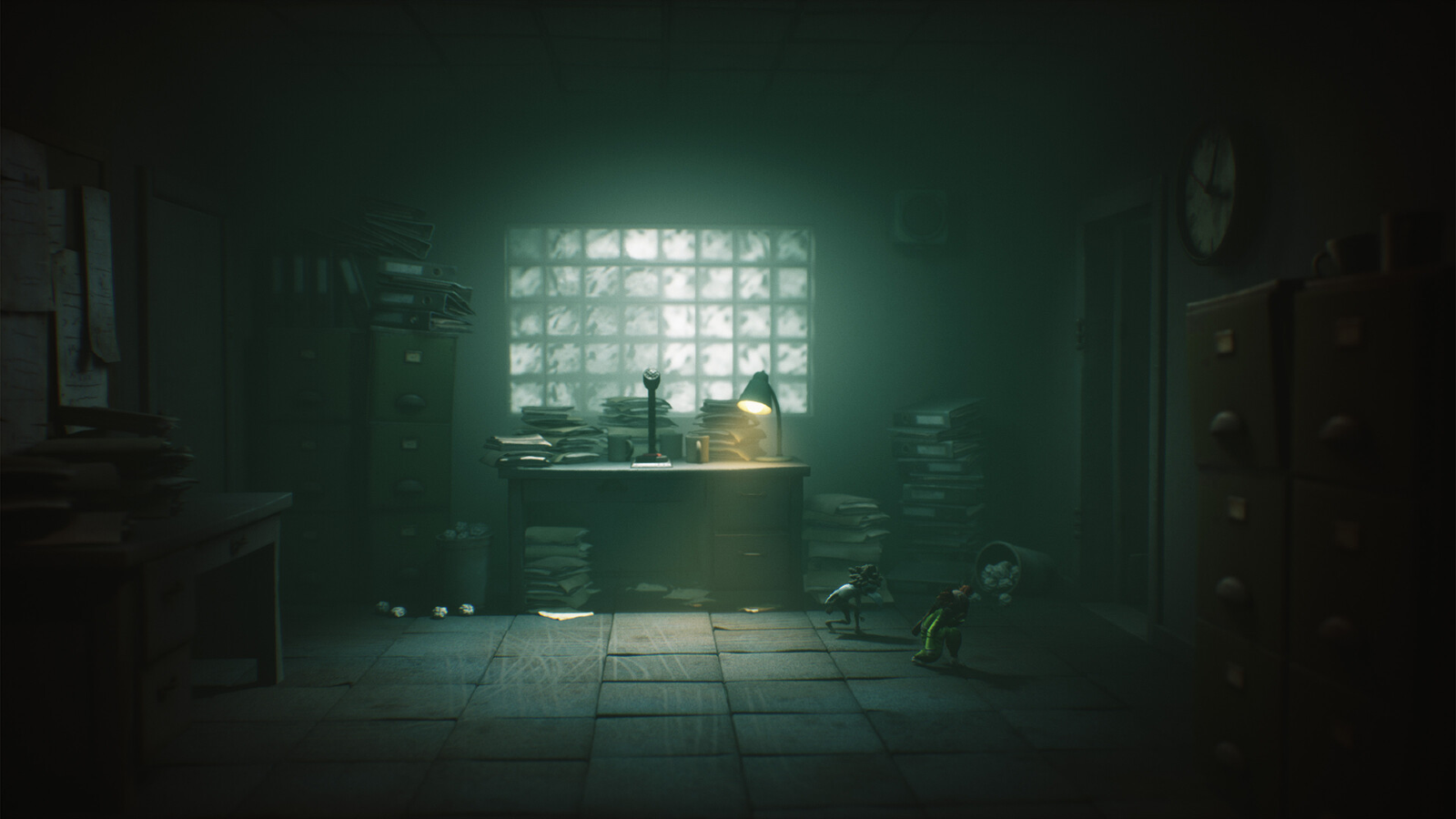
On PS5, Little Nightmares III offers two visual modes: Beauty and Performance. Beauty mode targets 4K resolution at 30fps, while Performance mode prioritizes 60fps at a lower resolution. Beauty mode suffers from noticeable framerate drops, particularly during transitions between areas. Performance mode runs smoother, at the cost of cutting the visual quality. Loading times are thankfully brief, and the game features minimal loading screens between areas.
Visually, Little Nightmares III is stunning. Each location drips with detail: the sand-blasted ruins, the sickeningly sweet factory, and the rain-soaked carnival where joy has rotted. Supermassive Games demonstrates its horror pedigree through meticulous environmental design.
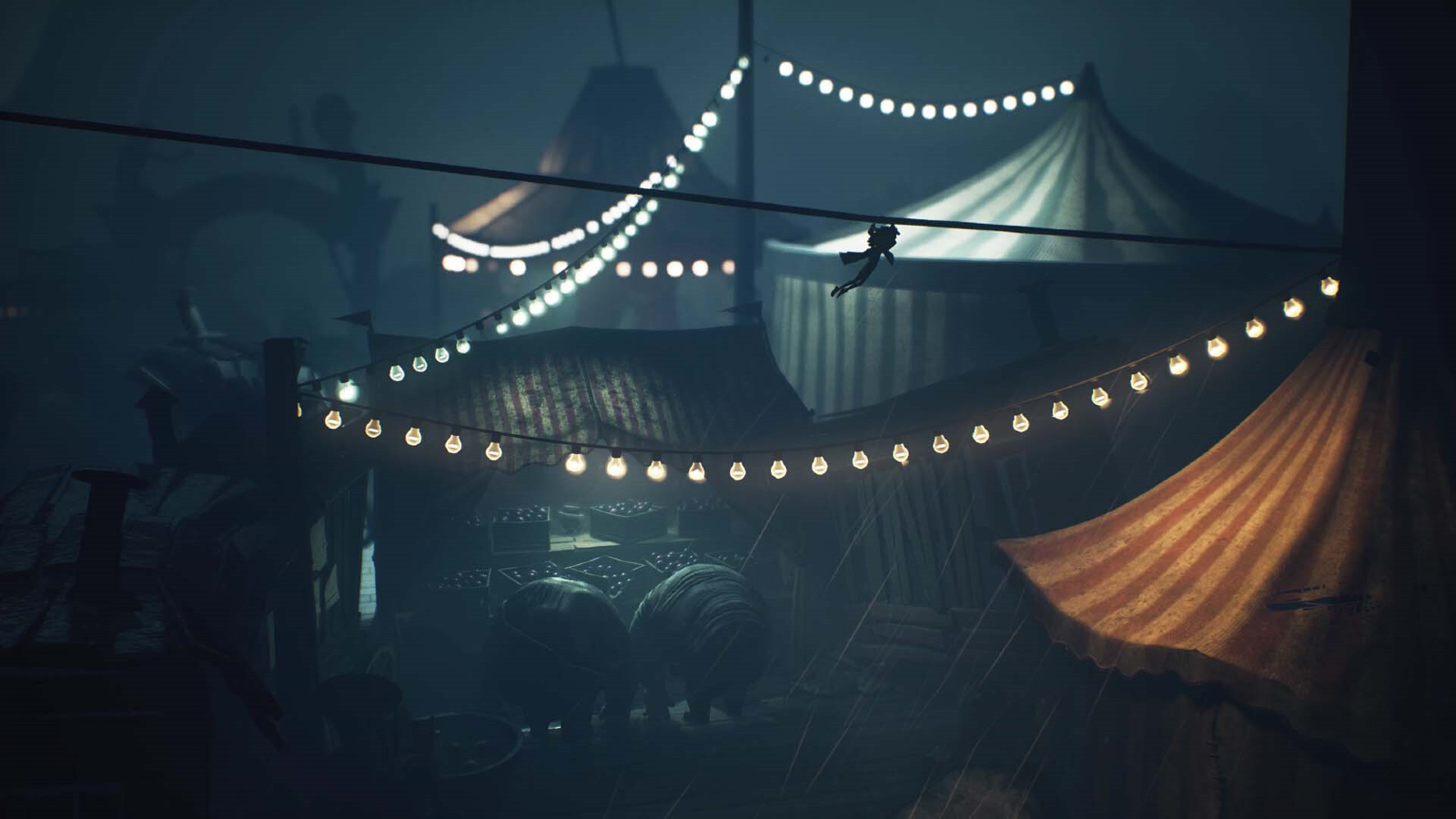
The camera work deserves praise. Like its predecessors, Little Nightmares III uses dramatic angles that emphasize how small and vulnerable the children are. You'll frequently see your characters reduced to tiny figures in vast, threatening spaces. It's effective visual storytelling.
Supermassive understands that horror lives as much in what you hear as what you see. The creaking of old wood, the splash of footsteps in water, the distant groaning of machinery. They all combine to create constant unease. The DualSense controller's haptic feedback enhances this brilliantly. You can sense the thundering footsteps of the Monster Baby through the controller. The Residents also each have distinctive audio signatures, so you learn to identify threats by sound before seeing them.

This game occupies an interesting middle ground between the first two entries. The original game was shorter but more disturbing, with enemy designs that haunted you long after playing. The Janitor is an iconic horror creation. Little Nightmares II expanded the formula, offering more locations and a longer runtime. This third entry takes a safer approach. The enemy designs are creative but less memorable and horrifying. The atmosphere is strong but also less oppressive.
Little Nightmares III
Good
Little Nightmares III is a solid yet unspectacular entry that translates the series' core appeal into a cooperative format but fails to fully justify the developer change or the price tag. It’s good, but not great, making it more of a recommendation for spooky season rather than a must-play horror title.
Pros
- Gorgeous, atmospheric visuals
- Co-op elevates the experience
- Fresh mechanics and progression
Cons
- No local co-op
- Short and pricey
- Less memorable
- Trial-and-error frustration
This review is based on a retail PS5 copy provided by the publisher.
